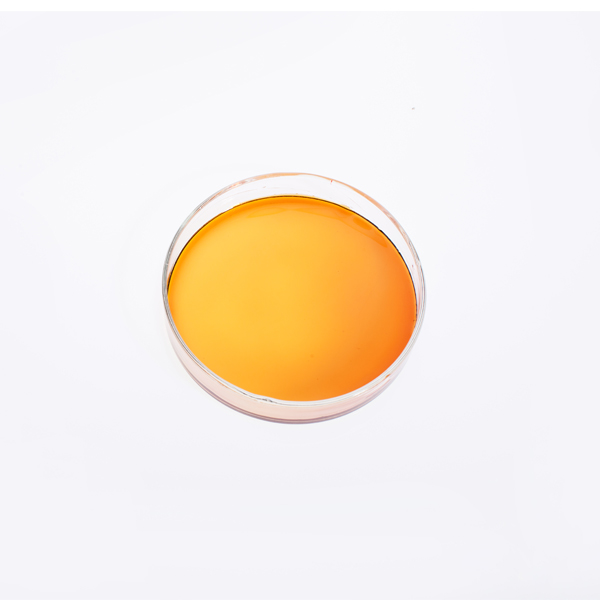
News
jul . 26, 2024 12:17 Back to list
The Most Effective Chelating Agents for Iron High Quality Options to Consider
High-Quality Chelating Agents for Iron A Comprehensive Overview
Iron is a vital mineral necessary for various biological processes, including the formation of hemoglobin, which is essential for oxygen transport in the body. However, excess iron can lead to various health complications, including oxidative stress and organ damage. To mitigate these risks, chelating agents have become significant in managing iron levels in biological and environmental systems. This article delves into some of the best high-quality chelating agents for iron, highlighting their mechanisms, applications, and effectiveness.
Understanding Chelating Agents
Chelating agents are molecules that can form multiple bonds with a single metal ion, creating a stable complex that can be more easily excreted from the body or removed from environmental contexts. Their primary function is to bind free metal ions, reducing toxicity and enhancing bioavailability where necessary.
Key Chelating Agents for Iron
1. Deferoxamine
Deferoxamine is a widely used chelating agent in clinical settings, particularly for patients with conditions like thalassemia or hemochromatosis, which cause iron overload. It works by binding free iron in the bloodstream and facilitating its elimination via the kidneys. Deferoxamine has proven effective in reducing serum ferritin levels and preventing organ damage associated with chronic iron overload.
2. Deferasirox
high quality best chelating agent for iron

This oral chelating agent offers a more convenient alternative to deferoxamine, particularly for long-term management of iron overload. Deferasirox binds to ferric iron and promotes its excretion through the bile. It has been introduced for patients who require chronic treatment and is particularly beneficial because of its less frequent dosing schedule. Clinical studies have confirmed its efficacy in improving iron levels in patients with sickle cell disease and other chronic conditions involving excessive iron.
3. Ethylene Diamine Tetraacetic Acid (EDTA)
While commonly known for its ability to bind to various metals, EDTA is also effective for iron chelation. It is frequently used in clinical, industrial, and research applications due to its strong chelating properties. EDTA can disrupt iron's participation in free radical formation, helping protect tissues from oxidative damage. Although it is more widely recognized for its applications in lead toxicity, its broad-spectrum functionality makes it a viable option for iron management as well.
4. Siderophores
Siderophores are naturally occurring molecules produced by microorganisms to scavenge iron from their surroundings. These compounds, such as desferrioxamine B, have garnered interest as potential chelating agents due to their high specificity and affinity for ferric iron. Research into siderophores has expanded their applications, particularly in agricultural settings where they can be utilized to enhance iron availability in plants.
Conclusion
In conclusion, the management of iron levels in the body and the environment is critical for health and ecological balance. High-quality chelating agents such as deferoxamine, deferasirox, EDTA, and natural siderophores have proven effective in binding excess iron, reducing toxicity, and enhancing iron bioavailability. Each agent has its unique properties, benefits, and applications, making it essential to select the right chelating agent based on specific needs and contexts.
As ongoing research delves deeper into the molecular mechanisms and practical applications of these agents, the future of iron chelation therapy looks promising, offering enhanced safety and effectiveness for managing iron overload conditions. Whether in clinical settings or agricultural applications, high-quality chelating agents play an indispensable role in optimizing iron metabolism.
-
Polyaspartic Acid Salts in Agricultural Fertilizers: A Sustainable Solution
NewsJul.21,2025
-
OEM Chelating Agent Preservative Supplier & Manufacturer High-Quality Customized Solutions
NewsJul.08,2025
-
OEM Potassium Chelating Agent Manufacturer - Custom Potassium Oxalate & Citrate Solutions
NewsJul.08,2025
-
OEM Pentasodium DTPA Chelating Agent Supplier & Manufacturer High Purity & Cost-Effective Solutions
NewsJul.08,2025
-
High-Efficiency Chelated Trace Elements Fertilizer Bulk Supplier & Manufacturer Quotes
NewsJul.07,2025
-
High Quality K Formation for a Chelating Agent – Reliable Manufacturer & Supplier
NewsJul.07,2025
